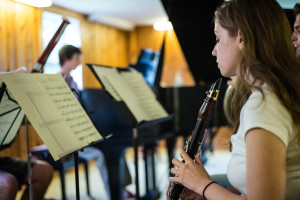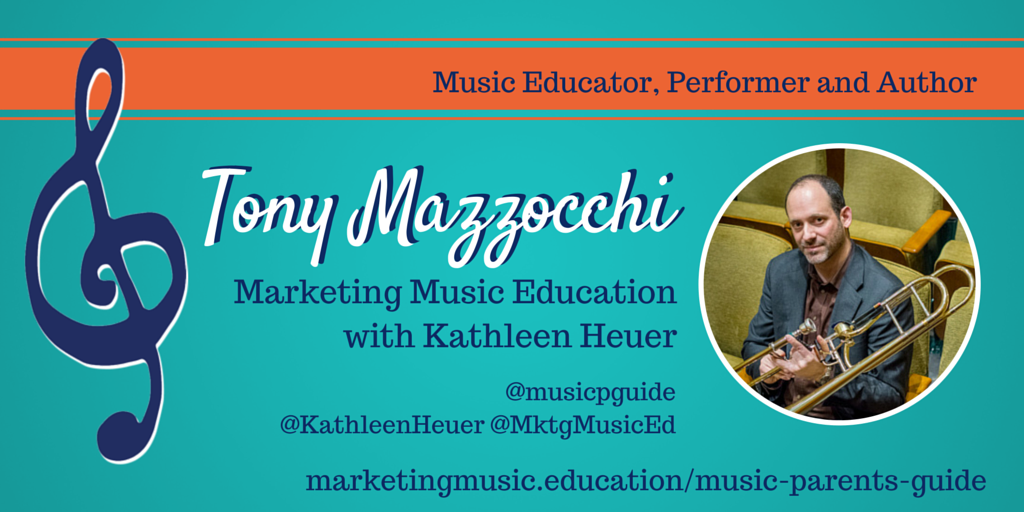 If parents listened solely to most administrators and school leaders, they would believe that it is impossible to schedule instrumental music into a school day already packed with state mandates and test preparation.
If parents listened solely to most administrators and school leaders, they would believe that it is impossible to schedule instrumental music into a school day already packed with state mandates and test preparation.
There is no doubt that scheduling music into a school day is difficult, but there are plenty of schools in our country — and around the world — that value music’s role in education and prove it through dynamic scheduling. They believe that not having music as part of their school curricula would be irresponsible and, in some cases, damaging to kids.
In my experience as a teacher and district administrator, where there is a will there is a way when it comes to scheduling the arts. Educators at great schools organize their school day and staffing to reflect the central role of the arts and dedicate ample time to their practice. These educators understand that it takes creativity and a strong belief that school music lessons, over time, leave students feeling great about all aspects of school; many times the lessons transform their lives forever. In short, the amount of time students are given to engage with music is completely linked with the quality of their music (and school) experience.
While it seems that most schools schedule instrumental music two days a week (or less), successful schools choose to make music education a priority; finding creative ways to stretch both time and money to make daily music a reality.
Note that I use the word choose. It is a choice to bring great arts instruction to students. Nothing is impossible, as long as all stakeholders in the school system are committed to music as a core subject.
Here are ways that schools can at least help increase their instrumental music instructional time, if not bring it to children five days a week:
Add a period. Sound obvious? That’s because it is. There are a few ways to add a period into the school day:
- Add a “zero” or “nth” period for musicians. If school begins at 8am and ends at 3pm, “zero” period can occur at 7:30 and “nth” period can run from 3-3:30. The period can be used for large ensembles or small group lessons. Teachers on union contract can show up to school early and leave early, or vice versa. Some complaints I have heard about this approach are from teachers who think the program could be marginalized by being pushed “outside” the school day (I disagree). They also think many students may have a hard time traveling to and from school early or later in the day. Although I understand the travel issue, when I taught in New York City, my students commuted from all over the city to attend our zero period jazz ensemble at 7:15 every morning. I have yet to speak to any of my former students who regret it. As a matter of fact, in many cases music was the only thing that got them up for school at all.
- Take 3-4 minutes off every period to create an additional period. The potential complaints here are obvious, but the root of the complaints are more important: Teachers who complain that they “don’t have enough time” to teach something may mean they are worried about standardized test scores and test prep time. Losing three minutes a day for a subject is not a game changer, in my opinion.
Extend the school day for everyone. Many great schools have chosen to have longer school days, enabling students more time for academic mastery and the integration of arts into the curriculum. This longer school day works as long as schools require the arts as a core subject. In an era when struggling schools too often cut the arts in order to make room for remedial classes, there are still many schools that do the opposite and succeed. Even though these schools know they must build students’ basic skills in mathematics, reading, and writing, teachers and administrators understand that the arts play a key role in the educational programs while also providing academic teachers with new avenues to connect with students. Extending the school day by one half hour and creatively managing faculty and staff schedules accordingly is absolutely doable in many cases.
Most schools fail students when it comes to music programs simply because they don’t give students enough time on task with the arts. The arts are essential to a high-quality education, and if schools have a longer school day, students have considerable time to encounter, experience, and engage with the arts at a high level.
What if administrators and educators truly valued how the arts leverage engagement and achievement in school? Some do, and they are the ones who have model school schedules that include daily music instruction for all grade levels. To be clear, these admins and educators are not attempting to turn all of their students into professional musicians. Instead, they believe that for educational experiences in music to produce their intended beneficial effects, students need ample time to experience it. And for the more serious music student, those who do wish to follow their passion should be given enough dedicated time to pursue it, and to move toward proficiency and even mastery — especially in public school.
When it is approached with a seriousness of purpose and scheduled effectively, music education can be a powerful medium through which students come to love learning, strive for greatness, and imagine a fulfilling, purposeful life. Schools can — and need to — do better to schedule it into every day.








Leave a Comment